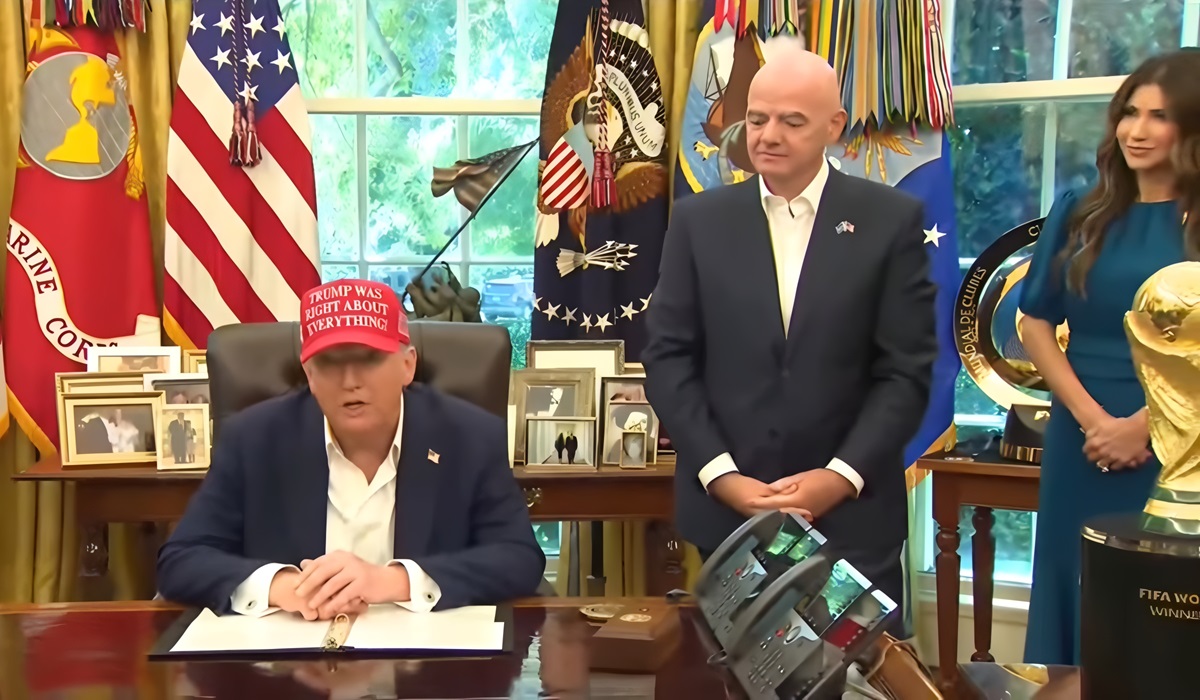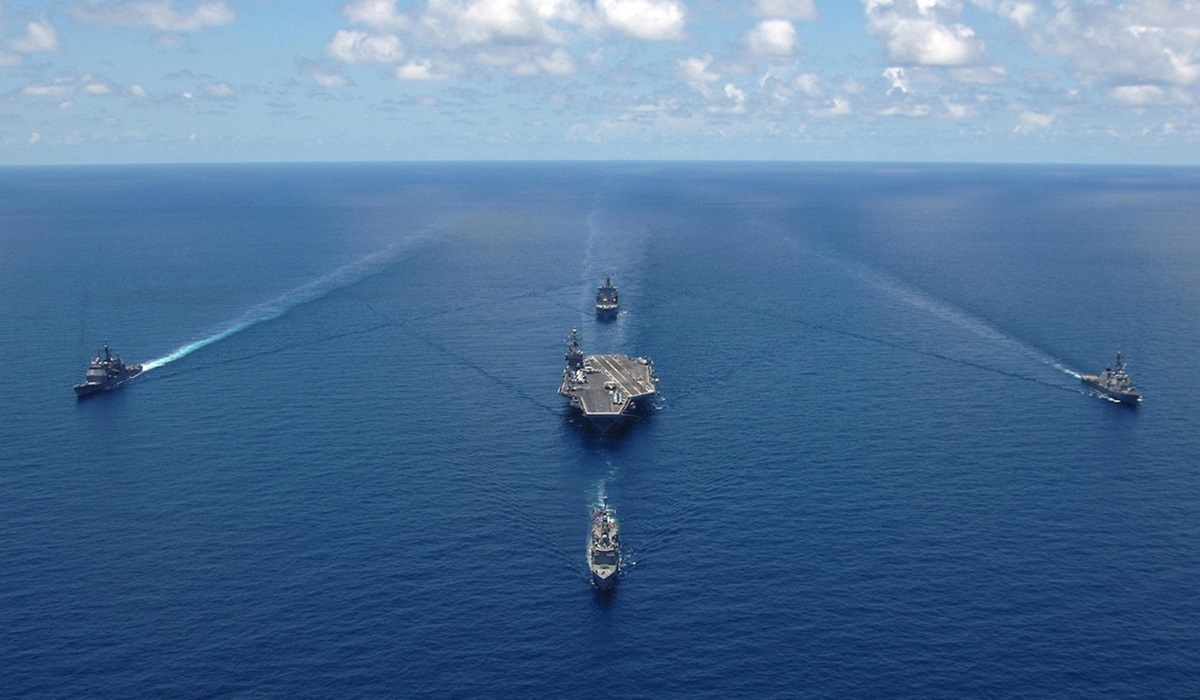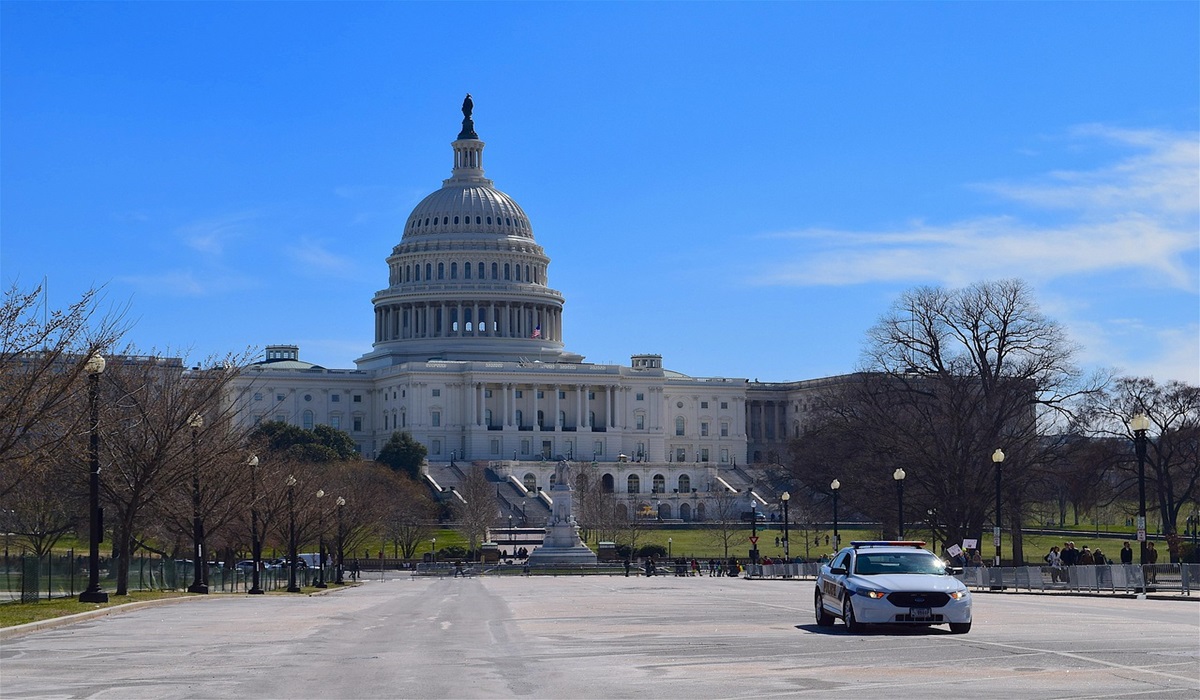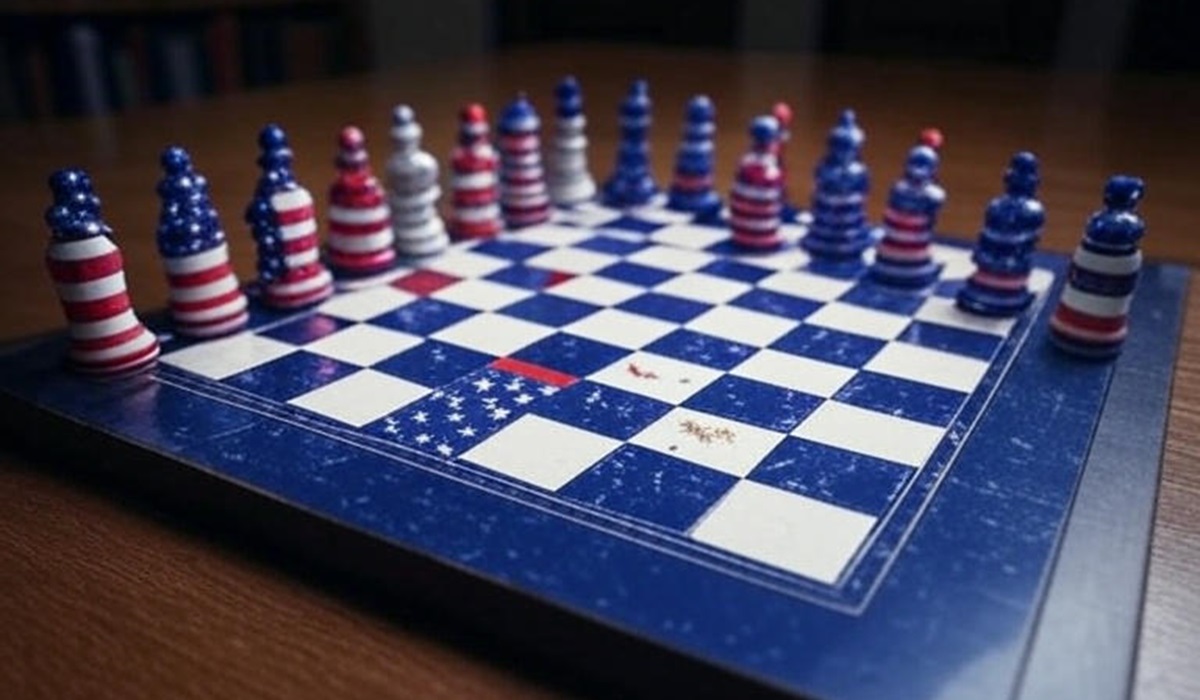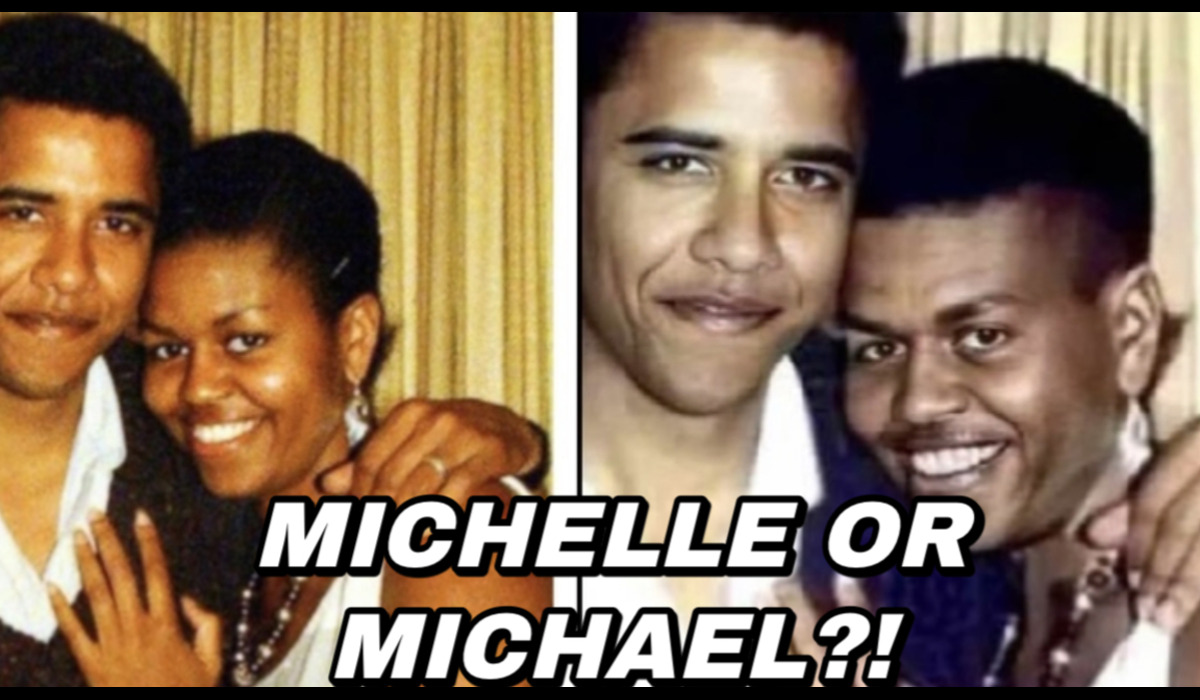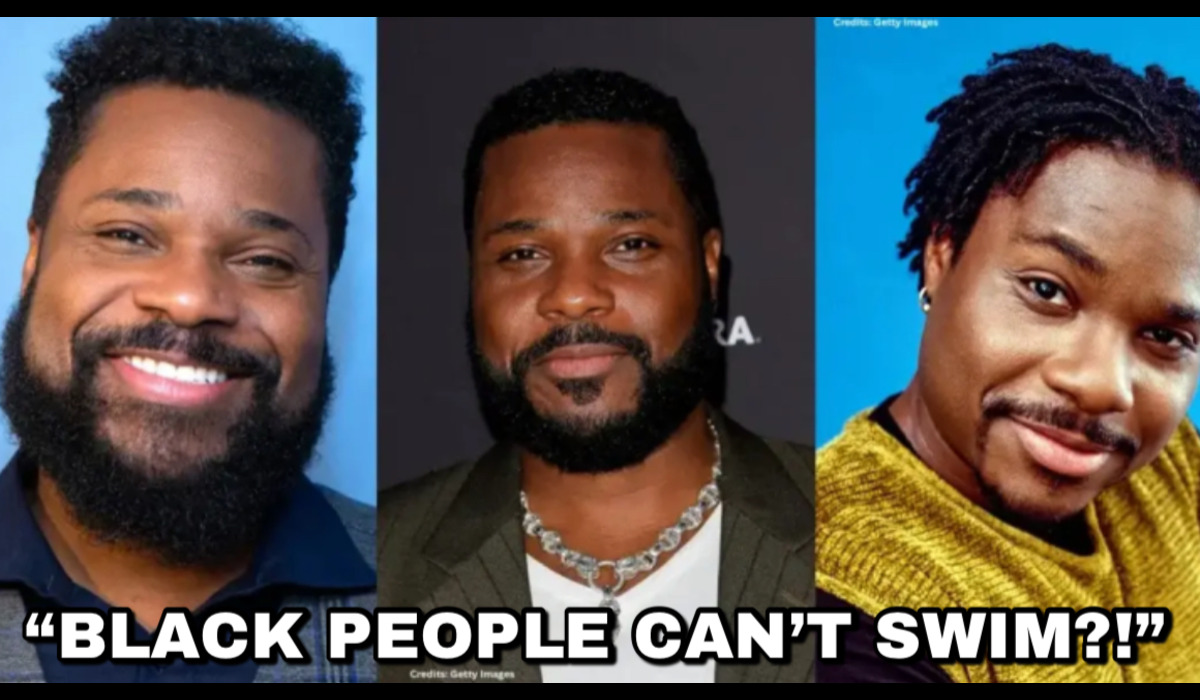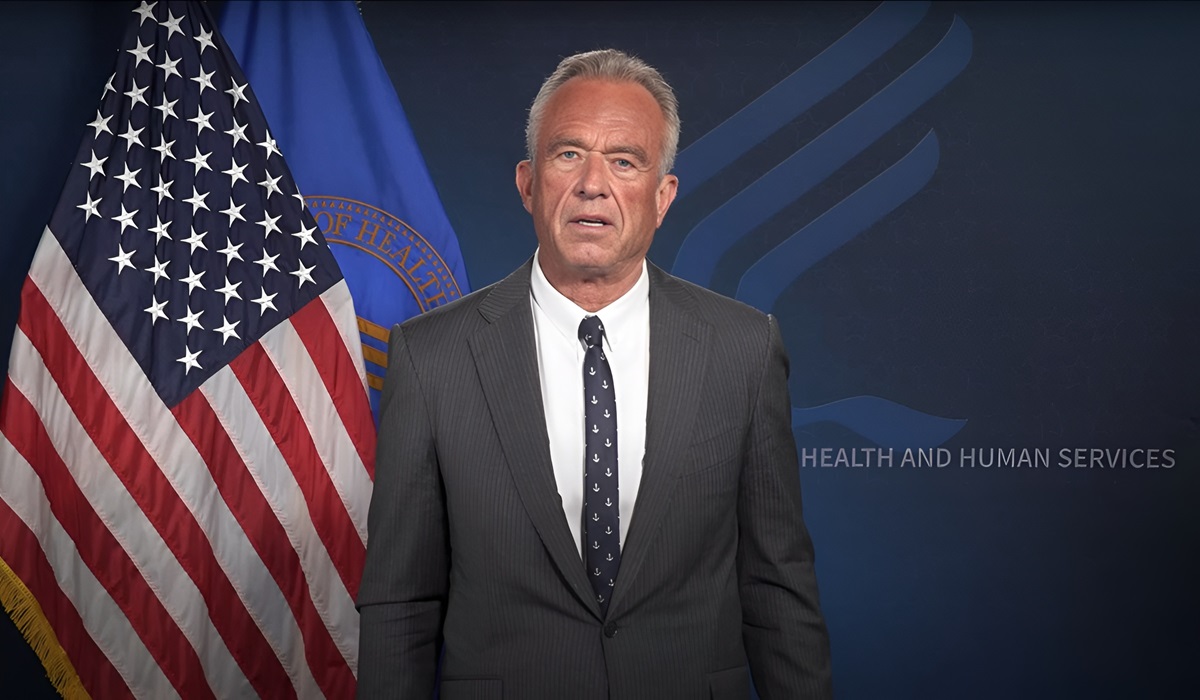Summit of High Stakes: A Delicate Step Toward Peace or a Mirage of Diplomacy?
- Ingrid Jones
- U.S.A
- August 19, 2025
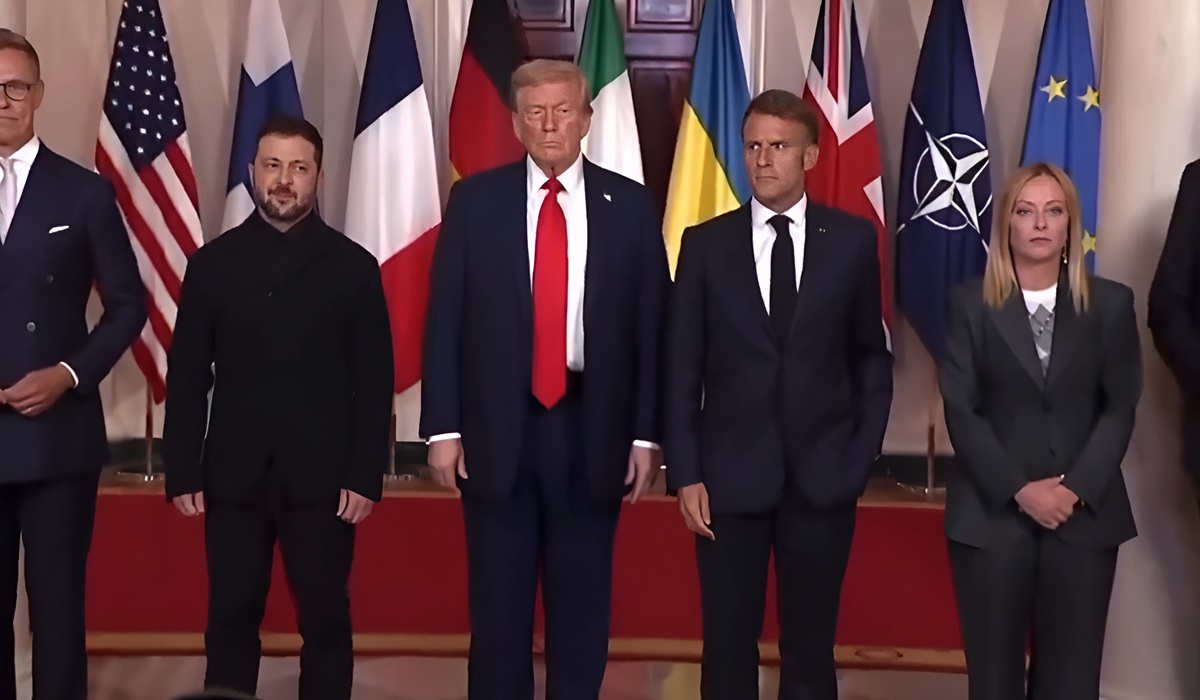
The gathering at the White House on August 18, 2025, marked one of the most nuanced and consequential moments since the outbreak of war between Ukraine and Russia—President Trump, flanked by a robust delegation of European leaders, welcomed President Zelenskyy in what quickly turned into a high-stakes overture toward peace. Gone was the tension of their earlier exchange in February; this time, Zelenskyy entered with purpose—his attire deliberate, his posture composed, and his message clear: Ukraine would not yield territory or abandon its NATO aspirations.
Trump offered, almost tentatively, U.S. involvement in security guarantees—security that would be brokered through a European-led effort, with Washington coordinating but resisting any suggestion of Ukraine joining NATO. Zelenskyy embraced this as a breakthrough, calling it the best engagement yet. Europe, personified by leaders such as Macron, Starmer, von der Leyen, and Merz, underscored that peace must come with a ceasefire first—something Trump has leaned away from, asserting that deals are often struck “at war,” that a ceasefire, while preferable, isn’t a prerequisite.
These exchanges were underpinned by broader tensions: Trump’s recent meeting with Putin in Alaska suggested a shift toward negotiating a deal—even if it risks ceding Ukrainian land. Europe reacts sharply against such ideas. Still, the Washington summit introduced two concrete developments: first, talk of a potential trilateral meeting between Trump, Zelenskyy, and Putin, with Trump suggesting Russia may be open; second, firming plans for a “coalition of the willing” among Western powers to chart a framework for Ukraine’s security—possibly including a $90–100 billion arms package financed by Europe.
Yet the veneer of progress is fragile. No formal ceasefire has been brokered; the scale and scope of security guarantees remain vague; Russia continues its military aggression even as discussions unfold; and the Kremlin has already rebuffed any NATO presence in Ukraine’s territory. In short, the summit may have reset diplomatic tone, but the ideological and practical divisions are wide.
What comes next? Expect intensive follow-up: European governments coordinating via virtual councils, efforts to flesh out what “security guarantees” mean in practice, and serious attempts to schedule that elusive face-to-face between Zelenskyy and Putin. Ukraine is calling for guarantees to be formalized within the next ten days. Momentum may have shifted slightly, but peace will require more than goodwill—it will need concrete cessation of hostilities, trust-building, and clarity on what safeguards will hold in place should Ukraine be left exposed again.
Was the summit a success or a waste of time? It achieved a shift in tone and opened channels that were previously frozen. That matters. But absent a ceasefire, transparent commitments, and visible restraint from Russia, the summit risks becoming another episode of hopeful diplomacy without tangible results. It may be the best opportunity yet—but only if followed by real—not symbolic—action.

